Researchers create new “superglue” with two simple ingredients: plant-based cellulose nanocrystals and water.
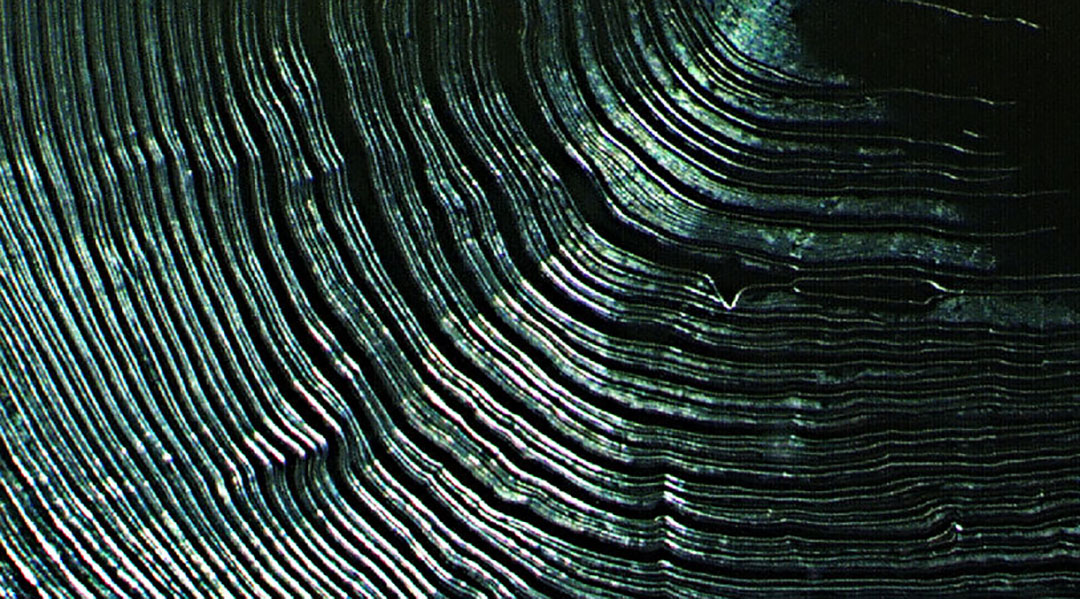

Researchers create new “superglue” with two simple ingredients: plant-based cellulose nanocrystals and water.
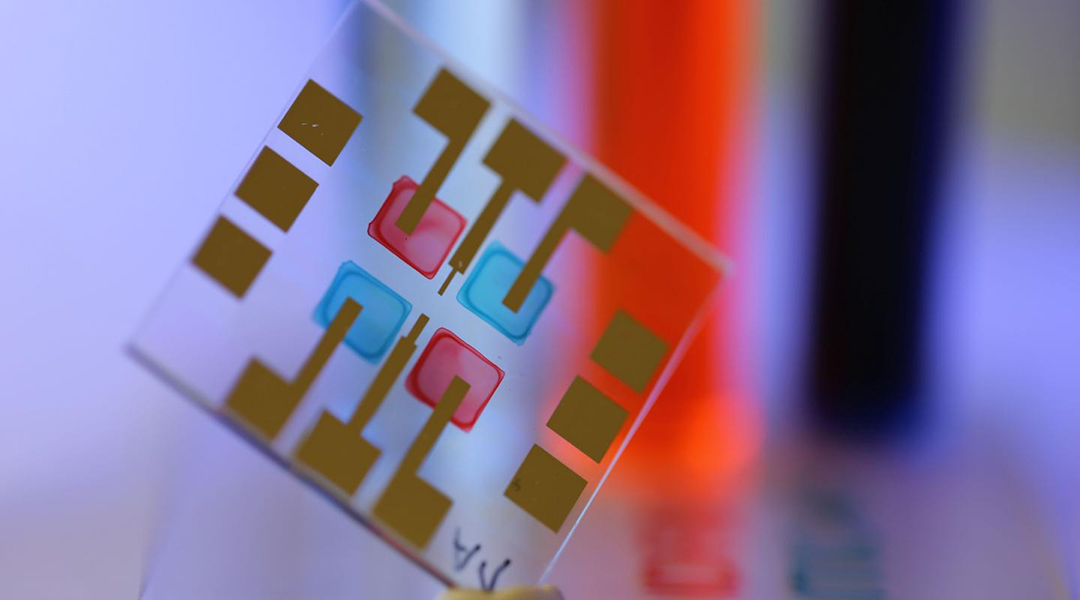
Color-selective organic light sensors are produced by inkjet printing with semiconducting inks.

Researchers at UC San Diego bring lithium metal batteries one step closer to commercialization with their new ultrasound device.

A team of Australian scientists has discovered diamond can be bent and deformed, creating possibilities for the design and engineering of new nanoscale devices.
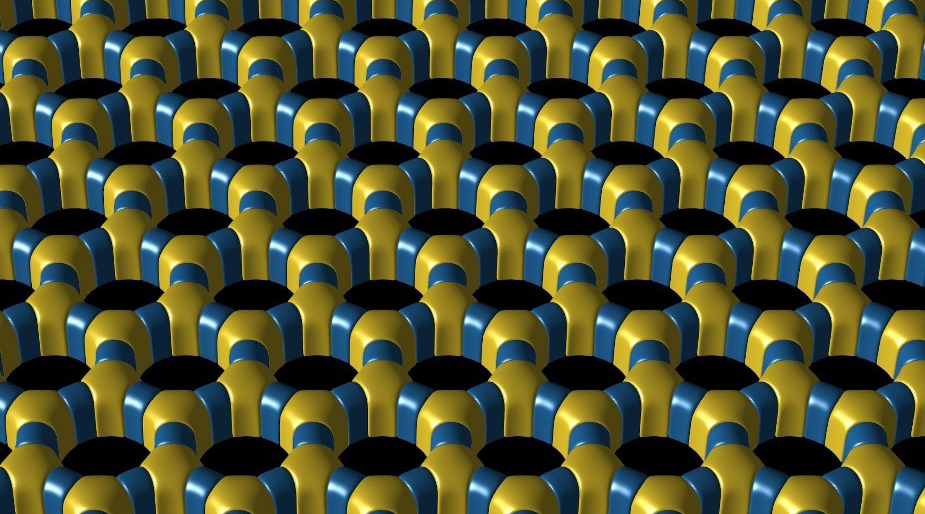
Researchers use ordered templates to impart unprecedented tessellating patterns in composites made from inorganic materials.

Researchers at the University of Illinois at Urbana-Champaign develop an energy-efficient device for purifying arsenic-contaminated water.

Analysis reveals never-before-seen details about a type of thin film being explored for advanced microelectronics.
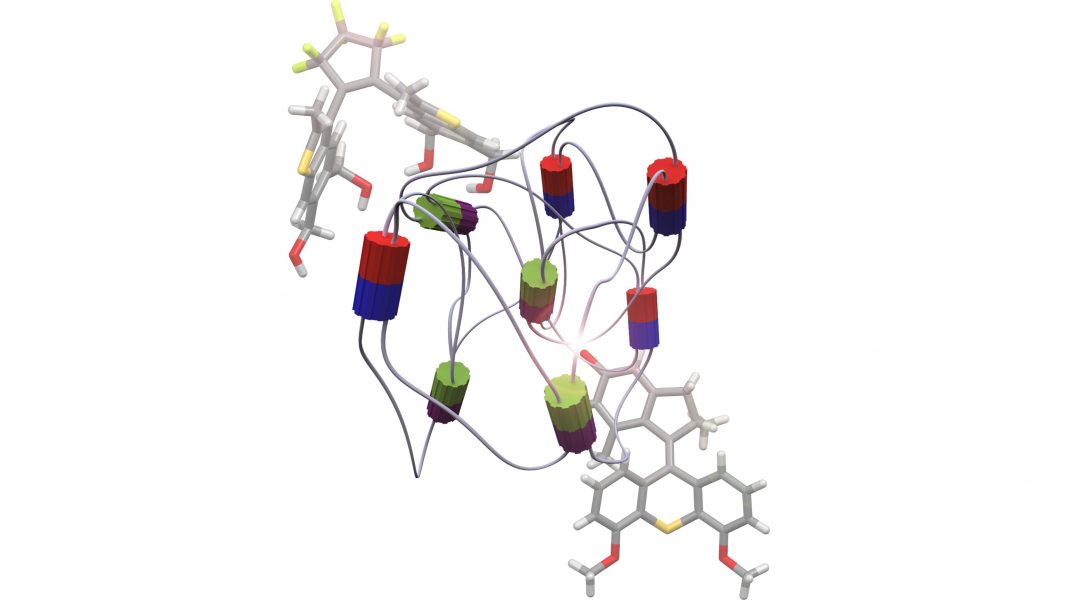
New types of 2D and 3D stimuli‐responsive materials can be constructed by integrating molecular machines as part of their building blocks.

A new material that pulls moisture from the air and uses it to generate an electric current.
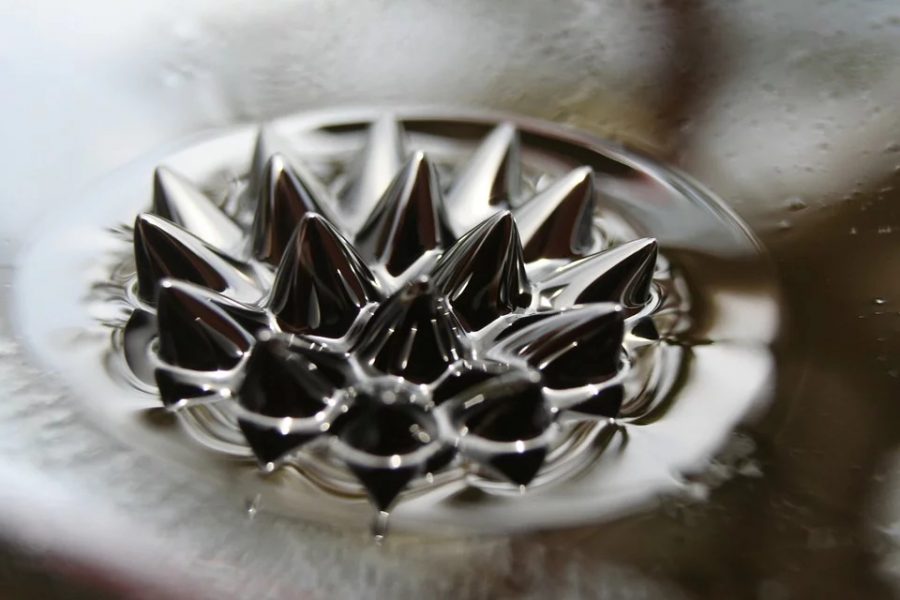
Programmable smart materials, which can be reversibly controlled through magnetically-induced heating and actuation.